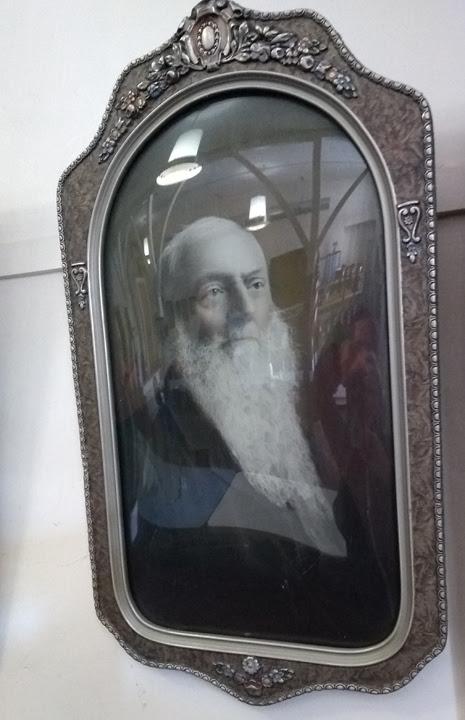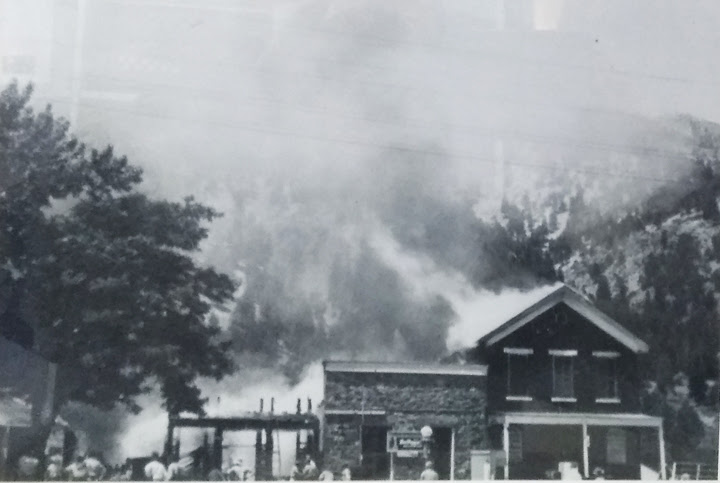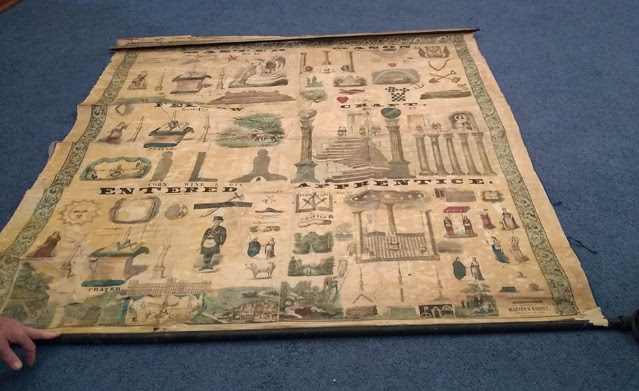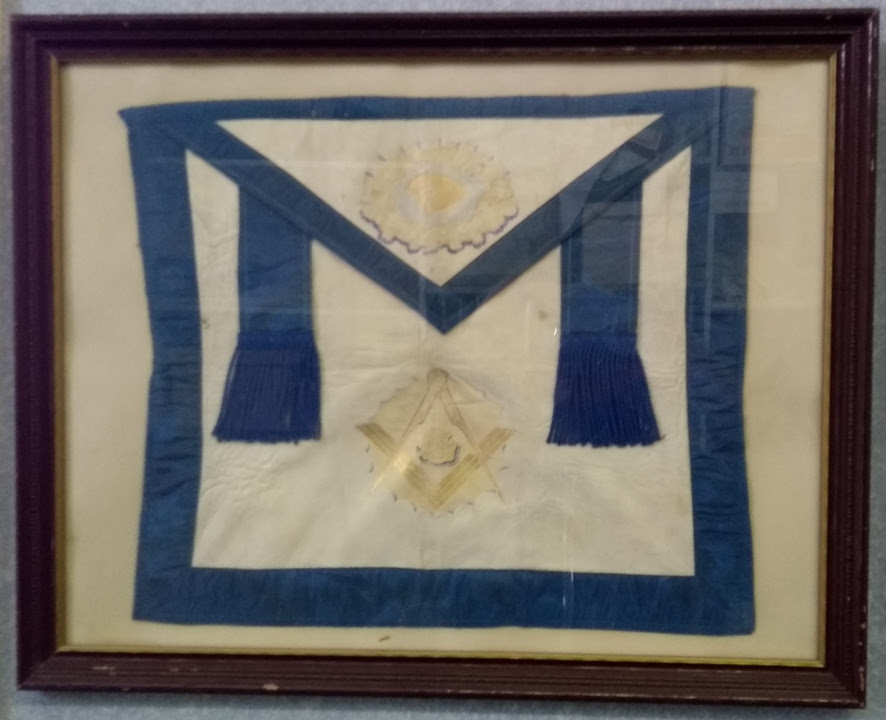It was September, 1868 when Genoa’s Masonic lodge was granted its official charter, becoming “Douglas County Lodge No. 12.” Serving as first Worshipful Master for the Lodge was Robert W. Bollen, who would be elected the Sheriff of Douglas County that same year (and later became Grand Master for the state of Nevada).

Though organizational plans had been percolating for almost a year, the Masons were without a meeting place of their own, at first. So the original Lodge members met at Genoa’s Courthouse instead.
That changed six years later, when the Masons acquired the one-story brick building near the corner of Main and Nixon Streets. Originally built in 1862, this building (like many others in town) was constructed of fine Adams brick. By the time the Masons acquired it in 1874, the building was being operated as a Johnson & Blossom’s dry goods store. The Lodge added a second brick story on top to serve as their meeting hall – just as it does today, nearly 150 years later.
Over the intervening decades, the building survived two major fires: the Great Genoa Fire of 1910, and a subsequent conflagration in June, 1941.

The 1941 fire collapsed the building’s shingle roof. But luckily, many of the building’s historic furnishings and artifacts were saved. These include a printed wall hanging dating from about the time of the Lodge’s founding and a Masonic apron worn by early Genoa resident (and Lodge member) Stephen Kinsey.


One very special artifact has survived the years to tell its own tale – and it’s a testament to the enduring loyalty among Masons. In 1883, member Moses Tebbs left his trunk with his brothers at the Masonic hall before departing on an extended trip. But as luck would have it, death claimed Brother Tebbs before he could return to reclaim his trunk. Today, Tebbs’ trunk is still being loyally preserved by his fellow Masons. Inside (say those who’ve seen its contents) remain Tebbs’ red flannel underwear, white cuffs and “boiled” shirts, a “cutaway” coat and small professional satchel.
So who was Moses Tebbs? Well, that’s a fascinating story in itself! Born in 1826 in Indiana, Tebbs settled for becoming an attorney when West Point failed to accept him. In 1852 he followed the hordes of gold-seekers to California, mining briefly near Placerville before opening a law practice in Volcano in 1855.
When Alpine County was formed in 1864 a fellow lawyer lured Tebbs to the wilds of the new mining district, and he again practiced law at Silver Mountain City and Markleeville. Tebbs married the former Ara Ann Kittridge in Monitor the following year. Sadly, after giving him two children, his young wife passed away in 1870.
Now bereaved, Tebbs took his children back to Indiana to live with relatives, but returned to Nevada to live. He was twice elected Douglas County District Attorney (in 1868 and 1870). But his kindly nature may have proved a bit of a hurdle for securing convictions. After one accused female petty thief was found “not guilty” at trial, the Carson Tribune quipped: “If we were a woman, we should have no hesitation in killing a score of men, robbing a church, or burning a town if a certain warm-hearted gentleman were the prosecuting attorney.”
Tebbs departed in the fall of 1883 for a trip to Mason Valley, leaving his personal trunk behind in Genoa with his Masonic brothers. Sadly, Tebbs never would return. He passed away from an “epileptic fit” while attending the Mason Valley Fair, at just 58 years old.
Masonic brothers Rice and Chipman ferried Tebbs’ remains from Carson City to the Genoa Masonic hall, where they rested in the Lodge overnight before the funeral. Though Tebbs’ grave is currently unmarked, he was almost certainly interred in the Masonic section of Genoa Cemetery.

Tebbs was described by his compatriots as a “good-hearted, generous man” who “rather excelled in social qualities.” And the story of his long-preserved trunk leaves us an amazing testament to the enduring bonds of brotherly love.
______
